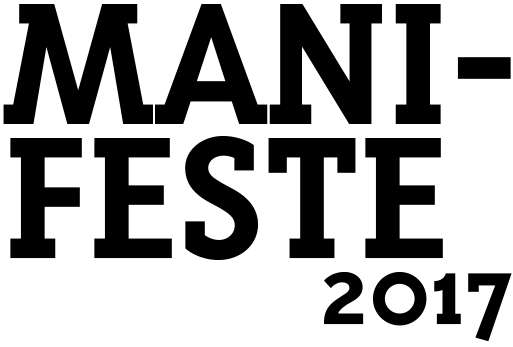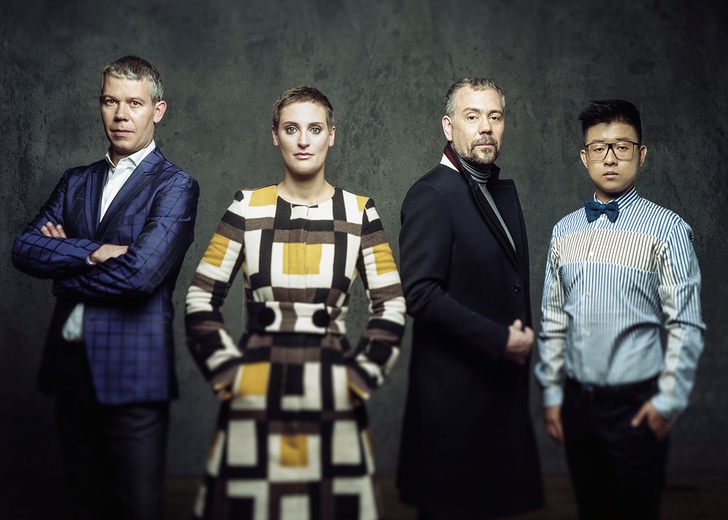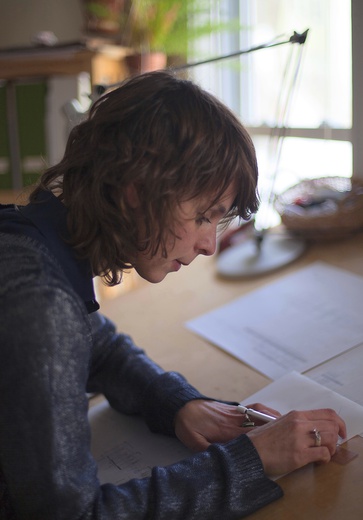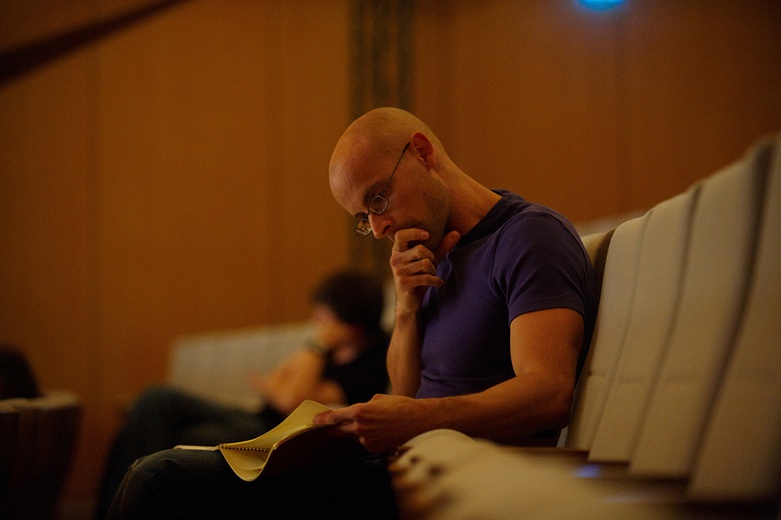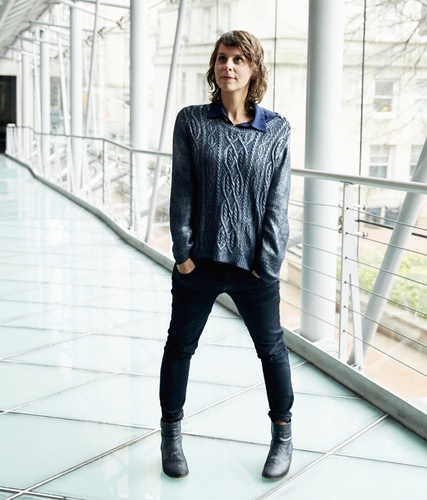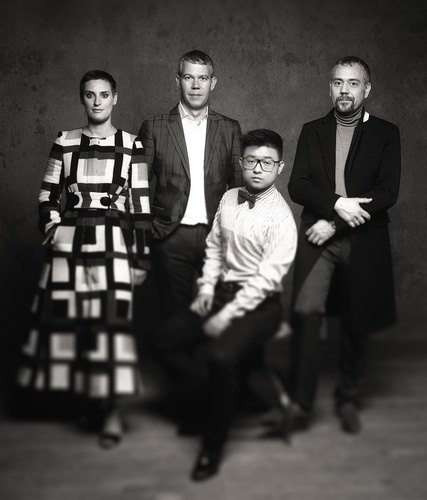Can the string quartet, the emblematic formation of classical music, change through its use of advanced technologies or, on the contrary, basic techniques that change the physical nature of the instruments? The American composer Ashley Fure imagines an unexpected augmented instrument: stethoscopes that move along the surface of the instrument’s body, animating an inanimate object. Searching for "electric blood, digital breathing, of a bestial future in the very heart of the tradition of the string quartet…"
Mauro Lanza controls transducers applied to instruments and explores obsolescent technologies, like the modulation used for television and radio. The art of codified misappropriation as a style.
MAURO LANZA THE 1987 MAX HEADROOM BROADCAST INCIDENT Premiere 2017
commissioned by IRCAM-Centre Pompidou, ProQuartet-Centre européen de musique de chambre, the Automne de Varsovie, and Milano Musica
ASHLEY FURE ANIMA Premiere 2017
commissioned by the gmem-CNCM-marseille, the Théâtre d’Orléans, IRCAM-Centre Pompidou, and ProQuartet-Centre européen de musique de chambre
TOSHIO HOSOKAWA DISTANT VOICES
ALBERTO POSADAS ELOGIO DE LA SOMBRE
Quatuor Diotima
Yun-Peng Zhao Violin
Constance Ronzatti Violin
Franck Chevalier Viola
Pierre Morlet Cello
Charles Bascou (Gmem), Manuel Poletti, Vincent Isnard (IRCAM) Computer Music Design
Artists
Mauro Lanza
Composer (b. 1975)
Mauro Lanza studied the piano in Venice and computer music at IRCAM. Tinted with irony, his compositions have been, since his beginning, the result of a never-ending effort to c...
Ashley Fure
Composer (b. 1982)
Ashley Fure is an American composer of acoustic and electroacoustic concert music as well as intermedia installation art. Considered “raw, primal” and “highly ...
Quatuor Diotima
Yun-Peng Zhao, violin, Constance Ronzatti, violin, Franck Chevalier, viola, Pierre Morlet, cello
The Diotima Quartet’s name recalls Luigi Nono’s work Fragmente-Stille an Diotima, affir...
